The Release Agents in Meat Market is characterized by a dynamic competitive landscape, driven by innovation, sustainability, and strategic partnerships. Key players such as Kerry Group (IE), Cargill (US), and DuPont (US) are at the forefront, each adopting distinct strategies to enhance their market positioning. Kerry Group (IE) emphasizes innovation in product development, focusing on plant-based release agents that align with the growing consumer demand for healthier options. Cargill (US), on the other hand, is leveraging its extensive supply chain capabilities to optimize production efficiency and reduce costs, thereby enhancing its competitive edge. DuPont (US) appears to be concentrating on sustainability, investing in bio-based release agents that minimize environmental impact, which resonates with current market trends favoring eco-friendly solutions. Collectively, these strategies contribute to a competitive environment that is increasingly focused on differentiation through innovation and sustainability.
In terms of business tactics, companies are localizing manufacturing to better serve regional markets and optimize supply chains for efficiency. The market structure is moderately fragmented, with several key players exerting influence while also allowing for niche entrants. This fragmentation encourages competition, as companies strive to capture market share through unique offerings and localized strategies.
In August 2025, Kerry Group (IE) announced the launch of a new line of plant-based release agents designed specifically for the meat processing industry. This strategic move not only aligns with the rising consumer preference for plant-based products but also positions Kerry Group as a leader in innovation within the sector. The introduction of these products is likely to enhance their market share and appeal to a broader customer base seeking sustainable options.
In September 2025, Cargill (US) revealed its plans to invest in advanced manufacturing technologies aimed at improving the efficiency of its release agent production. This investment is significant as it underscores Cargill's commitment to maintaining a competitive edge through technological advancements. By streamlining production processes, Cargill may reduce operational costs and improve product availability, thereby strengthening its market position.
In July 2025, DuPont (US) entered into a strategic partnership with a leading agricultural firm to co-develop bio-based release agents. This collaboration is indicative of DuPont's focus on sustainability and innovation, as it seeks to leverage external expertise to enhance its product offerings. The partnership is expected to accelerate the development of eco-friendly solutions, which could significantly impact market dynamics by setting new standards for sustainability in the industry.
As of October 2025, the competitive trends in the Release Agents in Meat Market are increasingly defined by digitalization, sustainability, and the integration of artificial intelligence. Companies are forming strategic alliances to enhance their capabilities and market reach, reflecting a shift towards collaborative innovation. Looking ahead, competitive differentiation is likely to evolve from traditional price-based competition to a focus on technological advancements, innovative product offerings, and reliable supply chains. This transition suggests that companies prioritizing innovation and sustainability will be better positioned to thrive in the evolving market landscape.


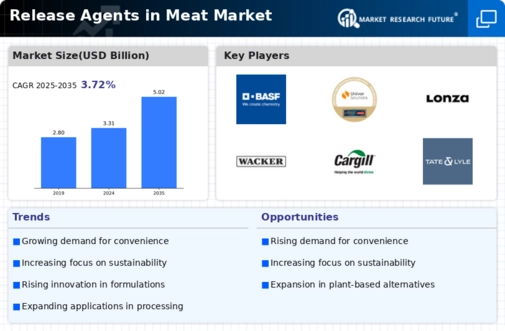
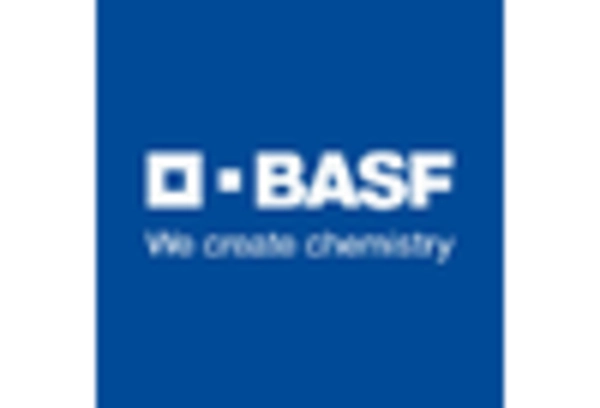
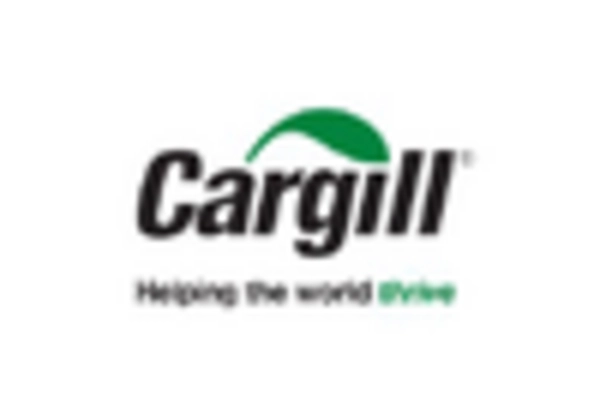
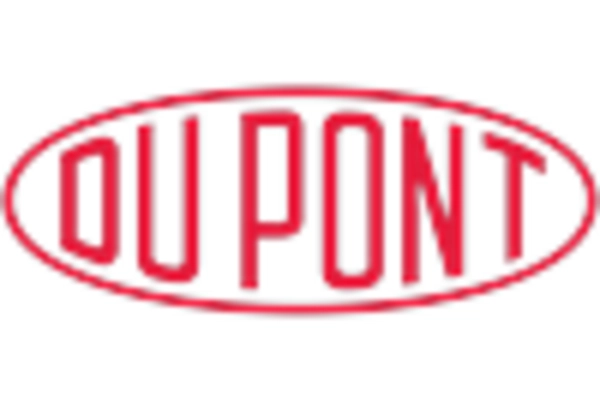
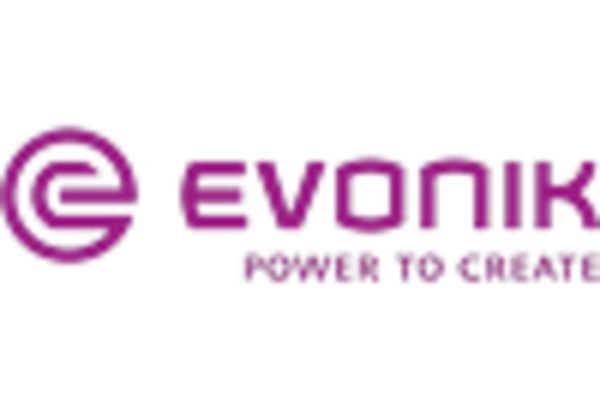
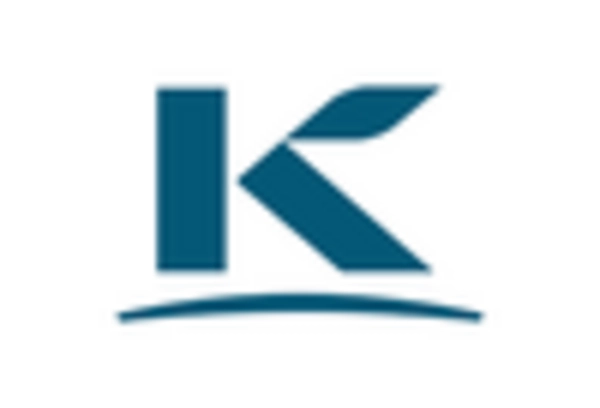
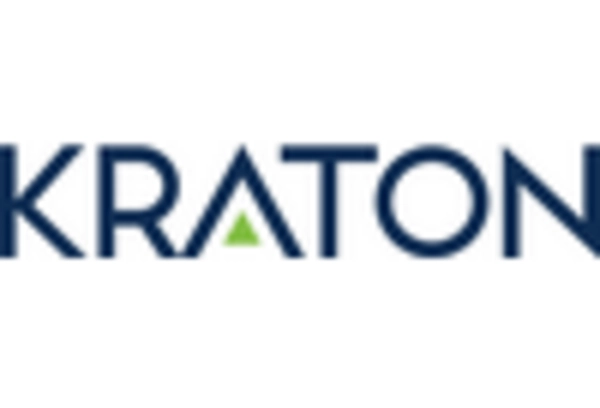








Leave a Comment